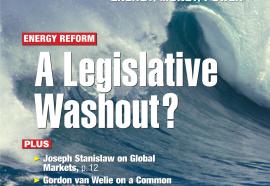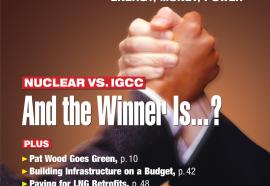When the Price Is Right
How to measure hedging effectiveness and regulatory policy.
Hedging programs promise protection against energy-market price spikes, and they can be important to the regulatory goal of sustainable, lowest long-term service cost. But how much price protection is enough in natural-gas markets? What is the most efficient use of risk capital when hedging energy supplies?









